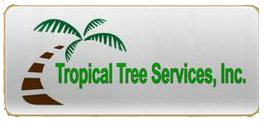Trees provide significant benefits to our homes and cities. Still we must always be evaluating tree hazards as part of their ongoing maintenance. For all the reasons which trees are subject to failing, we must protect people from injury and property from damage so they do not become liabilities. Taking care of tree hazards makes your property safer and prolongs the life of the tree.
Trees are an important part of our world. They offer a wide range of benefits to the environment and provide tremendous beauty, even dead trees where they are not posing a threat, are a wonderful resource to wildlife. However, if they are structurally compromised, and posing a threat, and maintenance cannot readily abate the hazard, they no longer can be considered assets to the property.
It is the owner’s responsibility to abate hazards, and to provide a safe environment on his or her property. Below are some tips for identifying the common defects associated with tree hazards. However, evaluating the seriousness of these defects is best done by a certified arborist. Regular tree care will help identify hazardous trees and the risk they present. Once the hazard is recognized, steps may be taken to reduce the likelihood of the tree falling and injuring someone.
Our Arborist can help you manage the trees on your property and can provide treatments that may help make your tree safer, thereby reducing the risk associated with hazardous trees. An arborist familiar with hazard tree evaluation may suggest one or more of the following:
Recognizing and reducing tree hazards not only increases the safety of your property, and that of your neighbors, but also improve the tree’s health and increase its longevity!
